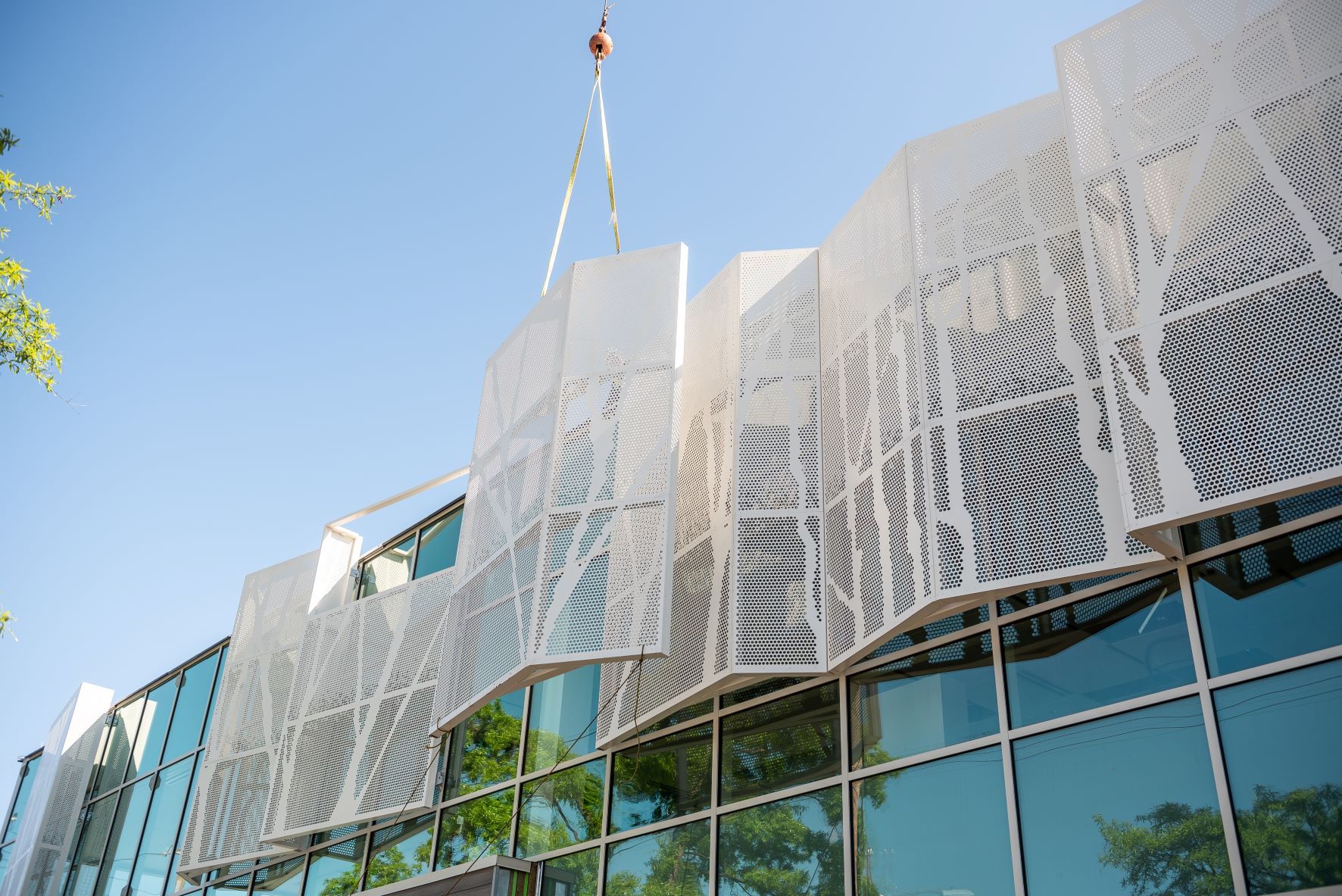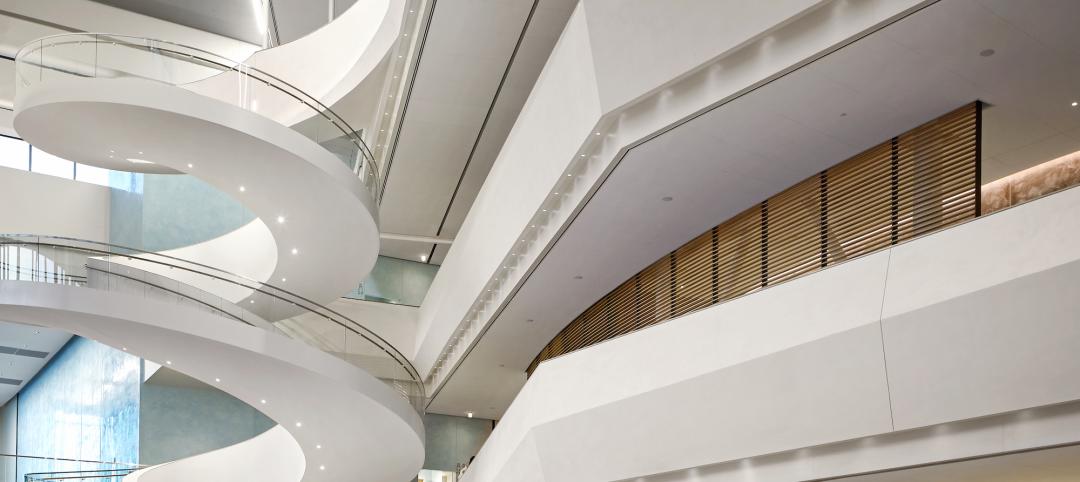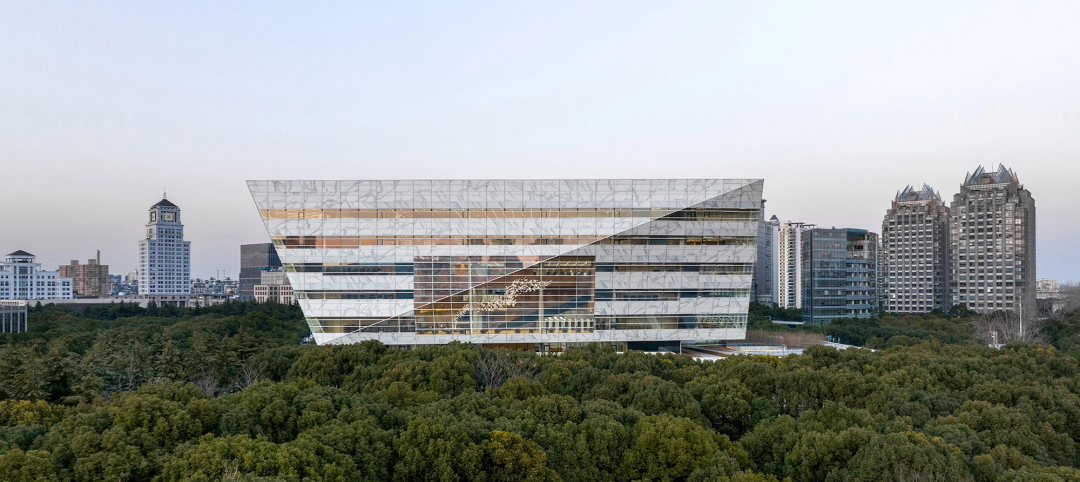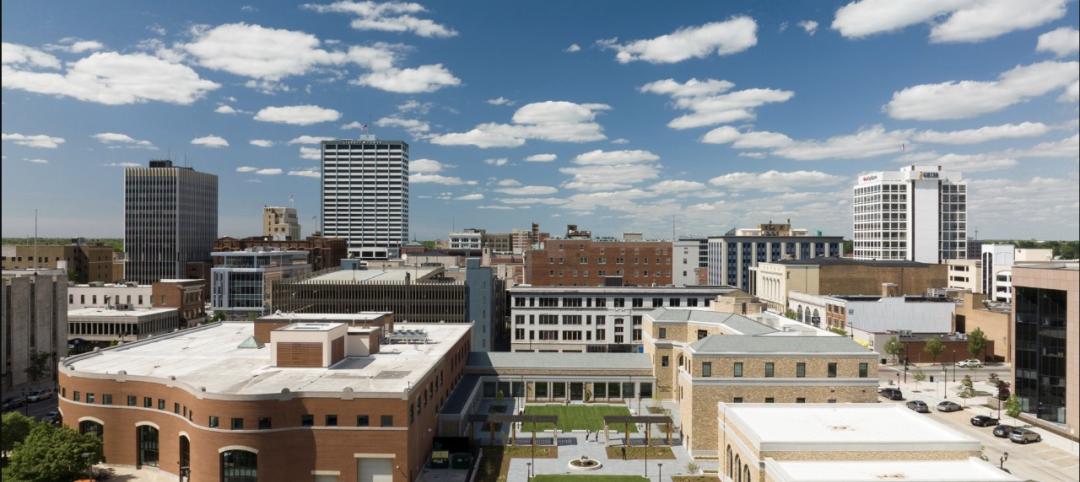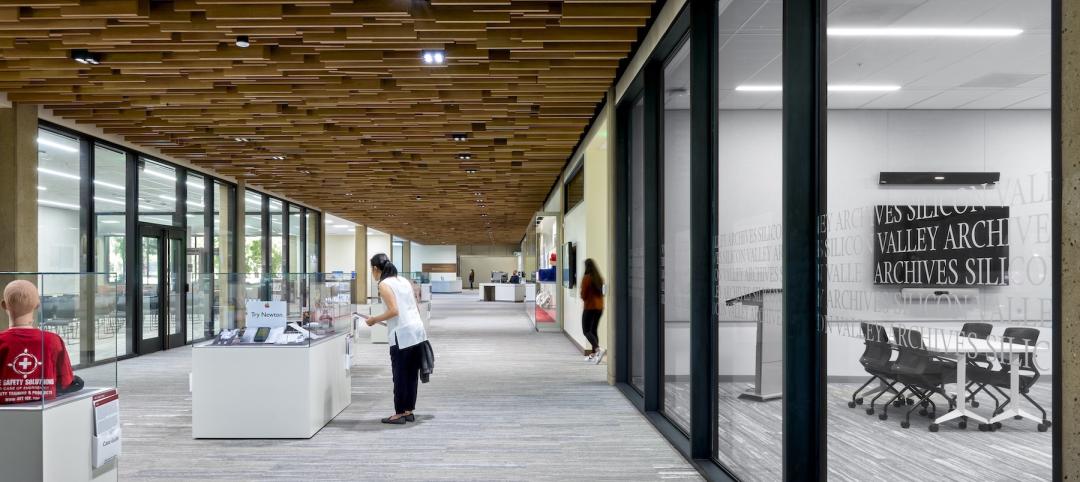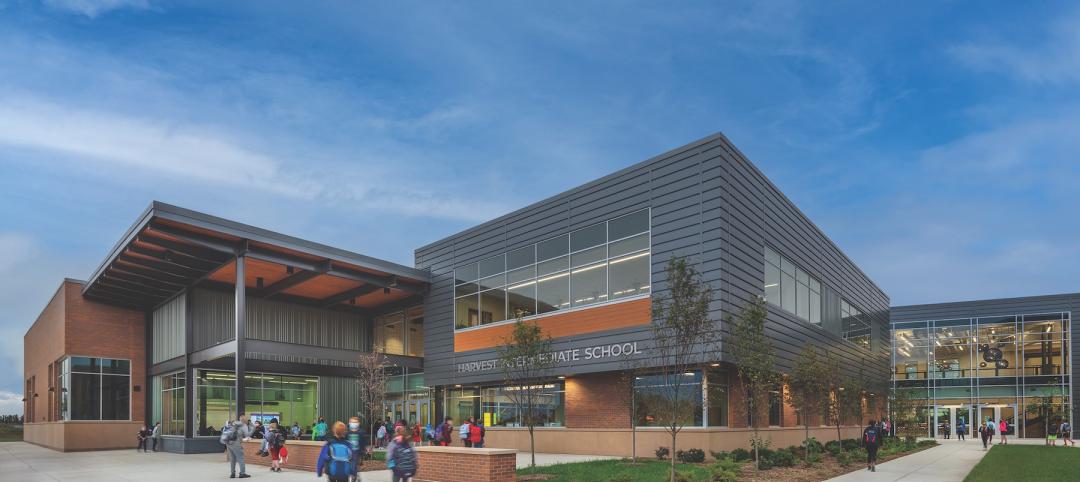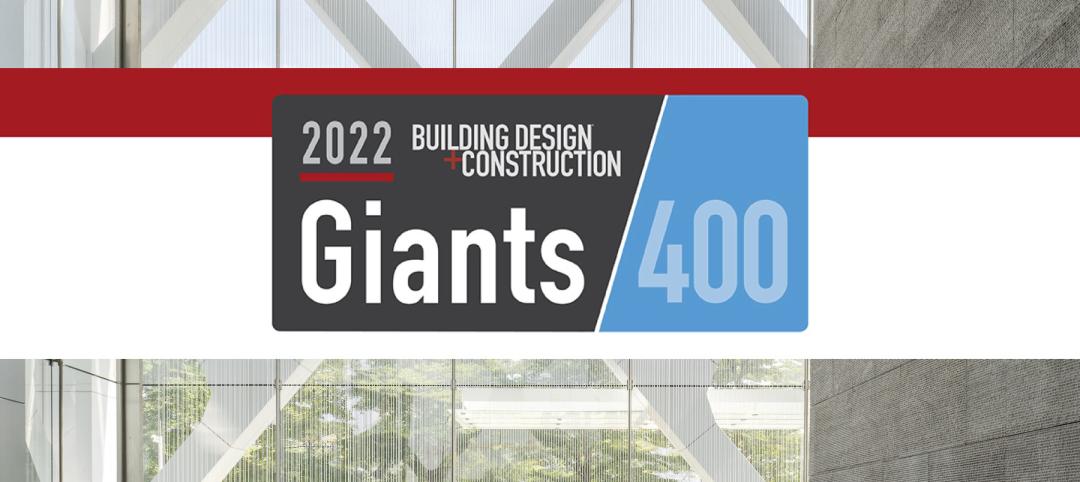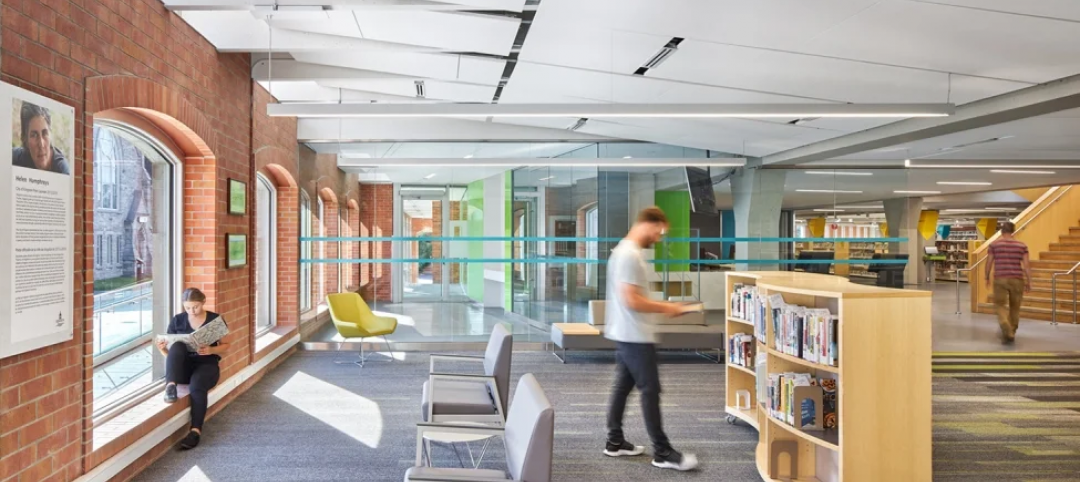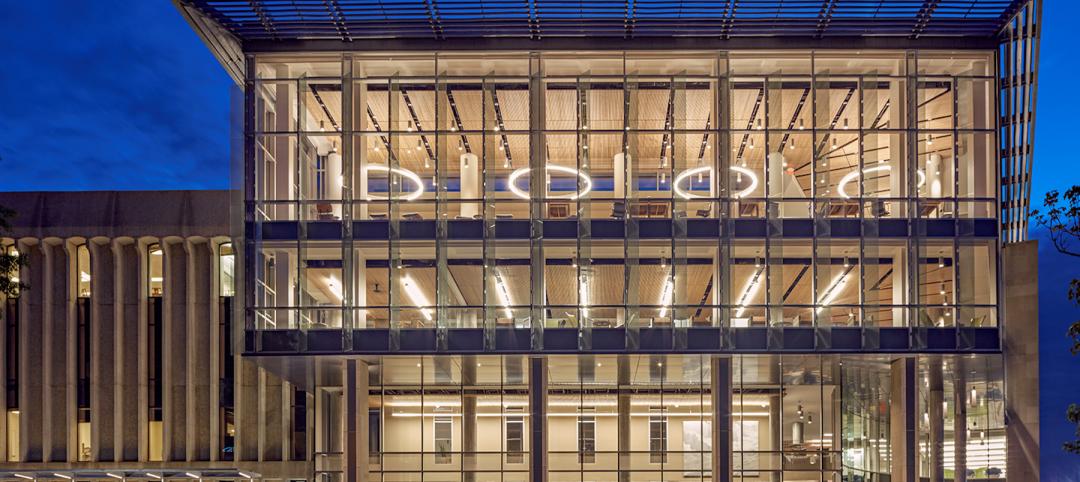People have been writing obituaries for libraries for decades. The May 2005 edition of MIT’s Technology Review ran a series of articles under the title “Death of Libraries: Myth and Facts.” Writing in the Guardian newspaper in December 2016, columnist Simon Jenkins compared libraries to churches and local railways: “People like having them around, and are angry if they close. But as for using them, well, there is so little time these days.”
Libraries also now find themselves at the center of a culture war as conservative groups have led a historic effort to ban and challenge materials that address racism, gender, politics, and sexual identity, according to the American Library Association’s (ALA) “State of America’s Libraries 2022.”
Yet, from Maine to California, libraries keep getting funded and built or renovated for the digital age. The $1.9 trillion American Rescue Plant Act included $200 million for the Institute of Museum and Library Services, the only source of federal funding for libraries.
In January 2021, Sen. Jack Reed (D-R.I.) with 30 cosponsors introduced the Build America’s Libraries Act, to support long-term improvements to libraries to better serve underserved and distressed communities, low-income and rural areas, and people with disabilities. This would be accomplished through the establishment of a Build America’s Library Fund financed by state contributions. (This bill is still pending.)
Brightspot, a subsidiary of the engineering firm Buro Happold, tells BD+C that 12 of its 32 Higher Education planning projects last year involved libraries. And the Netherlands-based architecture firm Mecanoo has, in recent years, designed a procession of library projects in the U.S., including the New York Public Library’s Stavros Niarchos Foundation Library branch, which opened last year; and, with OTJ Architects, the three-year-long renovation of the Martin Luther King Memorial Library in Washington D.C., which was completed in 2020.
A 2014 article in Places Journal was prescient in its description of future libraries as networks of integrated, mutually reinforcing, evolving infrastructures that serve simultaneously as reading rooms, social service centers, and innovation labs.
PART OF A BIGGER PICTURE
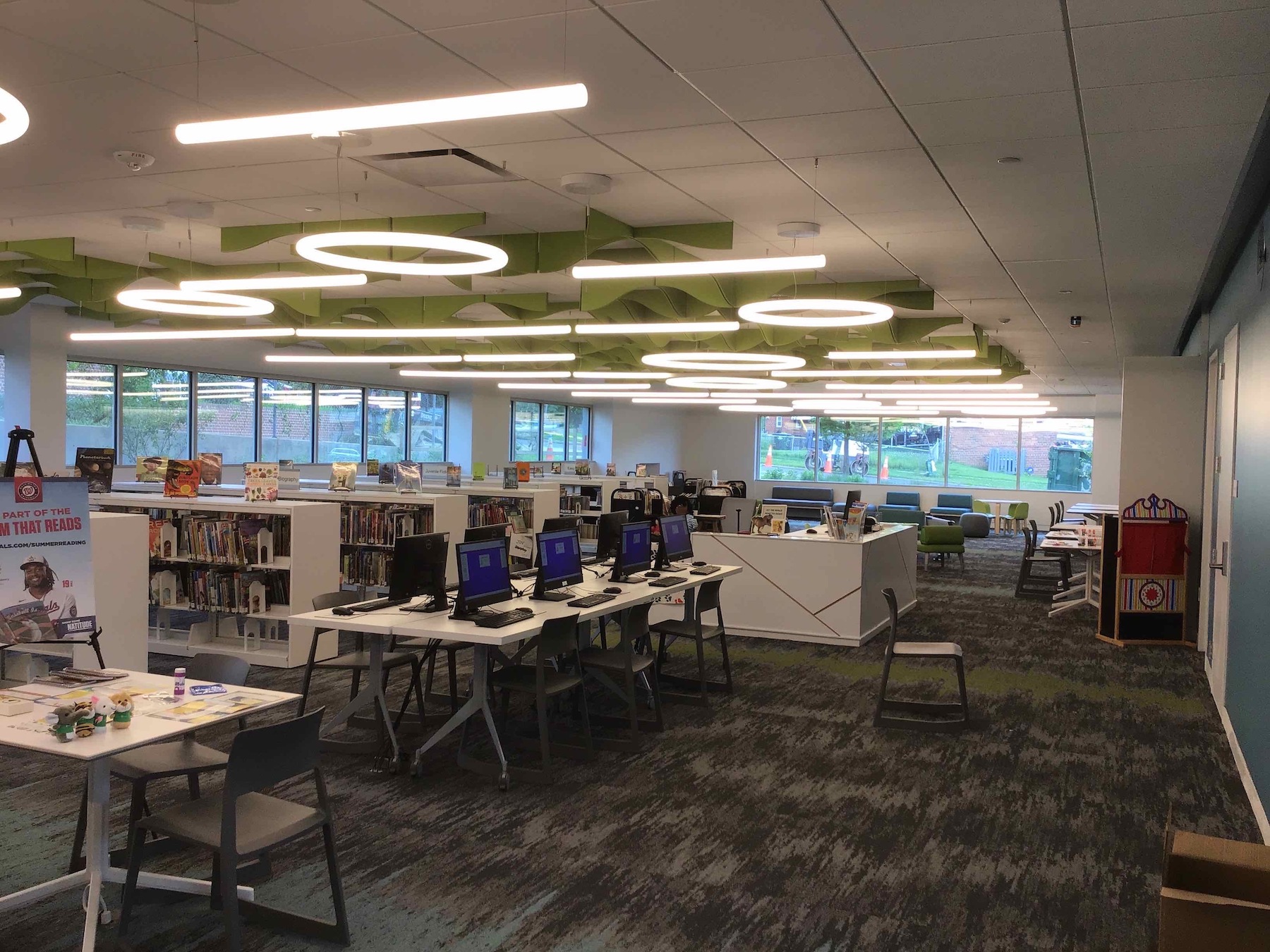
On a small but no less significant scale, the Lamond Riggs/Lillian J. Huff Library in Washington, D.C., officially opened on June 27. Designed by HGA and built by Consigli Construction, this two-story, 23,500-sf building is nearly 5,000 sf larger than the 17,930-sf library it replaces. Peter Cook, HGA’s design principal, called libraries “an extension of the home for a neighborhood,” and asserted that this particular project responds to the needs of residents with a wide range of spaces that includes an entry plaza.
The new $20 million library features expanded space for adults, teens, and children. There is a “Discovery Zone” for kids, and collaborative spaces that include living-room style seating. A large meeting room can accommodate up to 100 people or be divided into smaller quarters. There are also seven reservable meeting spaces—one for up to 12 people, two for up to six people, and four study spaces for two people each.
A protected front porch is accessible from inside the building and leads to outdoor meeting and working areas. (The landscape architect Lee and Associates designed bioretention areas, added a tree canopy, reinforced the streetscape form, and added buffer plants to screen the library parking lot.)
The library was designed and built to meet the LEED Gold certification standard.
According to the Washington Informer newspaper, this library’s opening is a continuation of the D.C. Public Library’s Facilities Master Plan, whose priority is building neighborhood libraries that are at least 20,000 sf, and flexible enough to adapt to changing technologies.
Nationwide, an ALA study found that 93 percent of public libraries provide or plan to provide free Wi-Fi access in their grounds even when their buildings are closed, while 44 percent have moved routers outdoors to improve public access, and 23 percent provide Wi-Fi hotspots for patrons to check out and use at home.
Related Stories
Giants 400 | Feb 1, 2023
2022 Cultural Facilities Giants: Top architecture, engineering, and construction firms in the U.S. cultural facilities sector
Populous, DLR Group, KPFF, Arup, and Turner Construction head BD+C's rankings of the nation's largest cultural facilities sector architecture, engineering, and construction firms, as reported in the 2022 Giants 400 Report. Building types include museums, public libraries, performing arts centers, and concert venues.
Libraries | Jan 13, 2023
One of the world’s largest new libraries opens in Shanghai
Designed by Schmidt Hammer Lassen Architects, Shanghai Library East covers more than 1.2 million sf, 80% of it dedicated to community activity.
Libraries | Jan 12, 2023
An adjacent community center enhances South Bend’s library
This $40 million renovation and addition are part of a larger urban revitalization scheme.
Libraries | Oct 25, 2022
Stanford’s renovated library wing syncs with the region’s tech industry
Collaborative space replaces stacks.
Giants 400 | Aug 22, 2022
Top 90 Construction Management Firms for 2022
CBRE, Alfa Tech, Jacobs, and Hill International head the rankings of the nation's largest construction management (as agent) and program/project management firms for nonresidential and multifamily buildings work, as reported in Building Design+Construction's 2022 Giants 400 Report.
Giants 400 | Aug 19, 2022
2022 Giants 400 Report: Tracking the nation's largest architecture, engineering, and construction firms
Now 46 years running, Building Design+Construction's 2022 Giants 400 Report rankings the largest architecture, engineering, and construction firms in the U.S. This year a record 519 AEC firms participated in BD+C's Giants 400 report. The final report includes more than 130 rankings across 25 building sectors and specialty categories.
Cultural Facilities | Aug 5, 2022
A time and a place: Telling American stories through architecture
As the United States enters the year 2026, it will commence celebrating a cycle of Sestercentennials, or 250th anniversaries, of historic and cultural events across the land.
Libraries | Jul 20, 2022
Canada to open one of the world’s largest library and archive facilities
When it opens in 2026, Ādisōke is expected to be one of the largest library and archive facilities in the world.
Libraries | Jun 21, 2022
Kingston, Ontario, library branch renovation cuts energy use to 55% of benchmark
A recent renovation of the Kingston (Ontario) Frontenac Public Library Central Branch greatly boosted energy and water efficiency while making the facility healthier and safer.
Libraries | Jun 8, 2022
Welcome to the hybrid library
Libraries have grown to become the intellectual and social hubs of campus, where, prior to March 2020, students, researchers, and faculty gathered to collaborate and connect.


